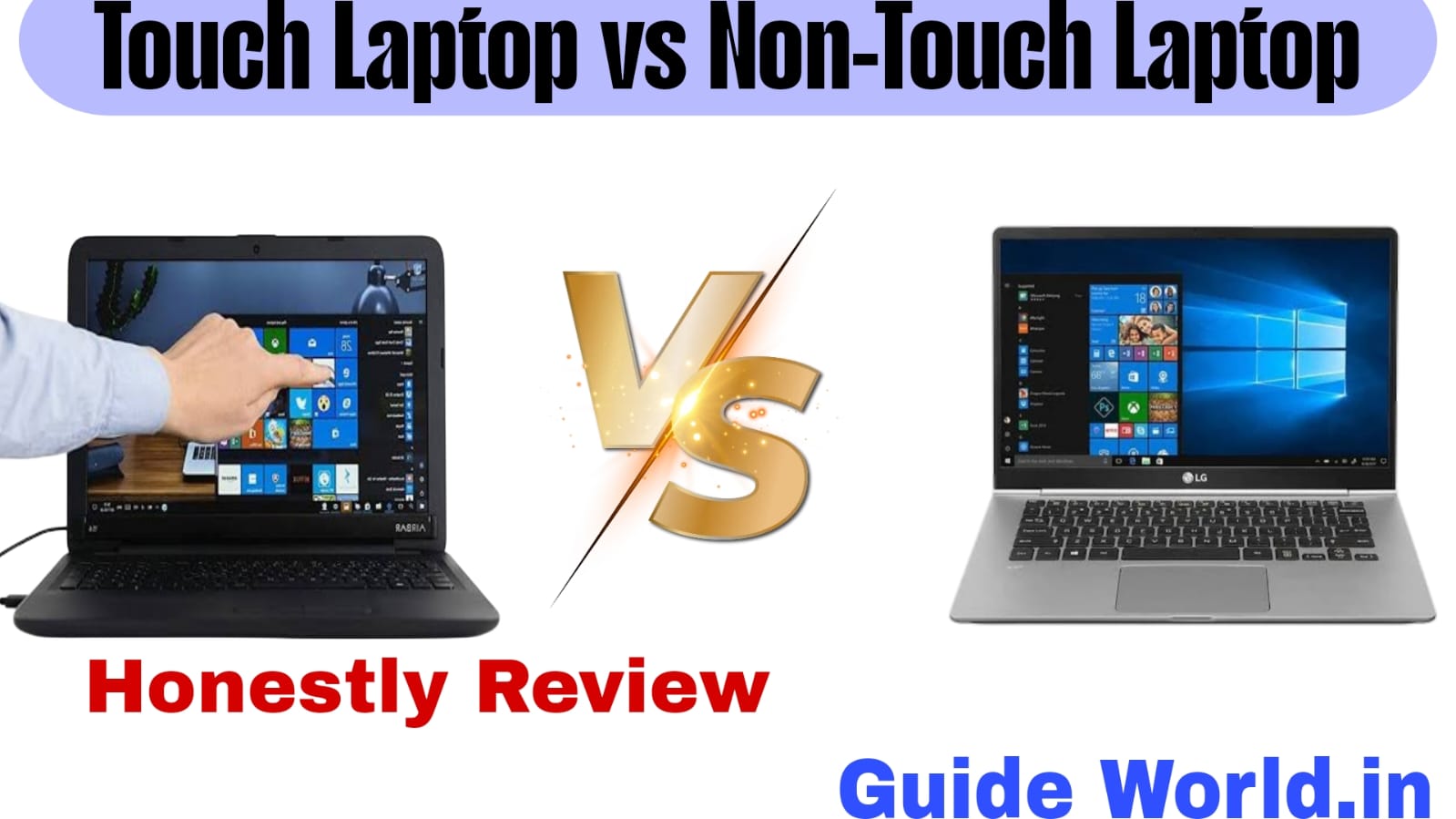Touch Laptop vs Non-Touch Laptop: Which One Should You Choose?
When shopping for a laptop, one of the most critical decisions you’ll face is whether to choose a touch or non-touch laptop. Each has its strengths and weaknesses, catering to different needs and preferences. In this comprehensive guide, we’ll explore the differences, benefits, and drawbacks of touch and non-touch laptops to help you make an informed decision.
Introduction
Laptops have become an essential part of modern life, catering to work, study, and entertainment. With advancing technology, touchscreens have made their way into laptops, offering a new level of interactivity. But is a touch laptop better than a non-touch laptop? It depends on your needs, preferences, and budget. Let’s dive into the details.
What is a Touch Laptop?
A touch laptop features a touchscreen display, similar to what you find on tablets and smartphones. It allows you to interact with the screen using your fingers or a stylus, in addition to traditional input methods like a keyboard and trackpad.
Key Features:
- Responsive touchscreen interface
- Stylus compatibility (on some models)
- Convertible or 2-in-1 designs available
- Multitouch gestures
What is a Non-Touch Laptop?
Non-touch laptops rely solely on traditional input methods like the keyboard and trackpad. These laptops focus on providing a high-performance experience without the added feature of a touchscreen.
Key Features:
- Lightweight and sleek designs
- Often more affordable
- Optimized for keyboard and mouse inputs
Advantages of Touch Laptops
1. Enhanced Interactivity
Touch laptops allow direct interaction with the screen, making them ideal for creative tasks like drawing, note-taking, and photo editing.
2. Versatility
Many touch laptops come in convertible or 2-in-1 designs, allowing them to function as a tablet and a traditional laptop. This versatility is perfect for users who need both devices in one.
3. Improved Productivity
Touchscreens can speed up navigation, zooming, and scrolling. This can be particularly beneficial for presentations and collaborative tasks.
4. Better for Visual Tasks
Touch laptops are great for designers and artists, especially when paired with a stylus. They provide a natural and intuitive way to create and edit content.
Disadvantages of Touch Laptops
1. Higher Cost
Touch laptops are generally more expensive than their non-touch counterparts, as the touchscreen adds to manufacturing costs.
2. Shorter Battery Life
Touchscreens consume more power, which can lead to shorter battery life compared to non-touch laptops.
3. Heavier Weight
The additional components required for a touchscreen add to the weight, making touch laptops less portable.
4. Glossy Screens and Reflections
Touchscreens often have glossy finishes, which can cause glare and make them harder to use in bright environments.
Advantages of Non-Touch Laptops
1. Affordability
Non-touch laptops are more budget-friendly, making them a great choice for users with basic computing needs.
2. Better Battery Life
Without the added power consumption of a touchscreen, non-touch laptops tend to last longer on a single charge.
3. Lightweight Design
Non-touch laptops are often lighter and more compact, enhancing portability.
4. Durability
Touchscreens can be more prone to smudges, scratches, and damage. Non-touch laptops are generally more rugged and easier to maintain.
Disadvantages of Non-Touch Laptops
1. Limited Interactivity
Non-touch laptops lack the ability to interact directly with the screen, which can be a downside for creative or tactile users.
2. No Convertible Options
Most non-touch laptops do not offer 2-in-1 or convertible designs, limiting their versatility.
3. Less Intuitive Navigation
Tasks like zooming and scrolling can feel less intuitive compared to touch laptops, especially for users accustomed to smartphones or tablets.
Key Comparison: Touch Laptop vs Non-Touch Laptop
| Feature | Touch Laptop | Non-Touch Laptop |
|---|---|---|
| Price | Higher | Lower |
| Battery Life | Shorter | Longer |
| Weight | Heavier | Lighter |
| Durability | More prone to damage | More rugged |
| User Interaction | Touchscreen, stylus, keyboard | Keyboard, trackpad only |
| Use Cases | Creative, versatile, interactive | Basic computing, portability |
Who Should Choose a Touch Laptop?
- Creatives: Designers, artists, and photo editors who need precise tools for visual tasks.
- Students: For note-taking, annotating, and studying on the go.
- Professionals: Those who give presentations or collaborate frequently.
- Tech Enthusiasts: Anyone who loves the latest technology and interactivity.
Who Should Choose a Non-Touch Laptop?
- Budget-Conscious Buyers: Ideal for those looking for value without extra features.
- Frequent Travelers: Lightweight design and longer battery life make them perfect for mobility.
- General Users: Great for everyday tasks like browsing, streaming, and basic work.
- Gamers: Non-touch laptops often have better hardware configurations for gaming.
Whatsapp Link:-
Conclusion
Choosing between a touch laptop and a non-touch laptop depends on your specific needs. If you prioritize interactivity, creativity, and versatility, a touch laptop might be your best bet. On the other hand, if affordability, durability, and portability are more important, a non-touch laptop could be the right choice. Evaluate your requirements, compare models, and consider your budget to make the perfect decision. Whether you go touch or non-touch, there’s a laptop out there that’s perfect for you!
Related post
-
5G Smartphones to Look Out for in 2025: Features, Trends, and Buying Tips
- Xiaomi 13 Lite: A Comprehensive Review
